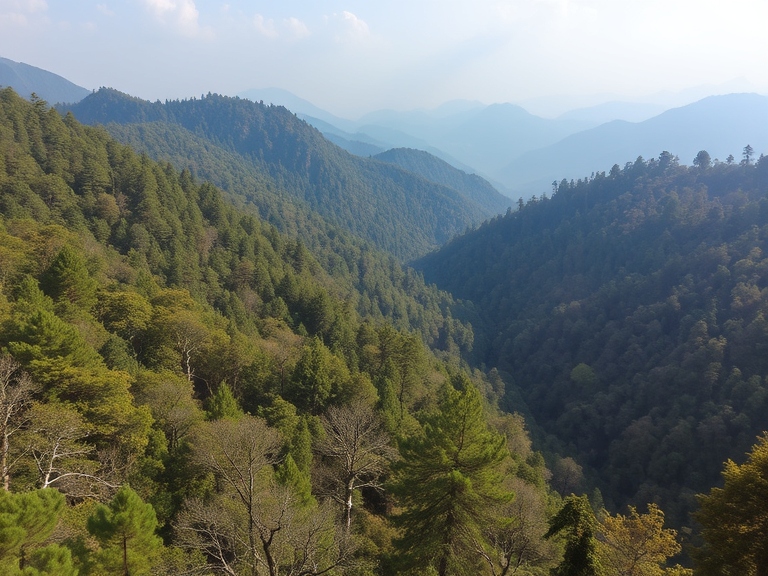Nepal’s Forest Development Fund, created in 2019 to support forest conservation and environmental initiatives, remains unused, leaving critical forest management efforts underfunded.
Original article written by: Abhayarajjoshi
The Forest Development Fund (FDF) was introduced in 2019 under Nepal’s Forest Act with the aim of supporting afforestation, research, and human-wildlife conflict management. However, five years later, the fund remains inactive, with ₹6.4 billion ($47 million) lying idle. Forest communities that rely on such funding continue to struggle with issues like illegal logging, wildfires, and ecosystem degradation.
The FDF was designed to generate revenue through lease fees from developers, compensatory afforestation payments, a percentage of profits from forest land use, and carbon trading income. However, bureaucratic delays and a lack of operational guidelines have stalled its implementation. Adding to the challenges, only ₹2 billion ($14.7 million) of the fund exists as liquid cash, while the remainder is tied up in government assurances.
Community forest user groups, credited with increasing forest cover from 26% to 45% in the past 25 years, are bearing the brunt of this inaction. They face hurdles such as limited capacity to manage wildfires and inadequate financial support to prepare management plans. Experts argue that decentralizing the fund to provincial levels could make it more accessible, but trust issues between federal and provincial authorities have prevented such reforms.
As forest degradation continues to rise, with significant tree cover losses due to wildfires, there is an urgent need for the FDF to fulfill its mandate. Without swift action, the fund risks becoming another example of well-intentioned policies bogged down by red tape.

